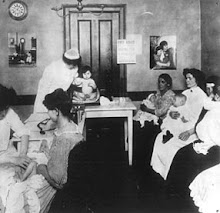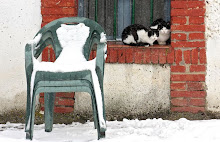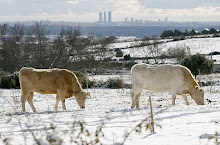CONCEPTO DE DOMESTICACIÓN
“Proceso mediante el cual una población animal se adapta al hombre y a una situación de cautividad a través de una serie de modificaciones genéticas que suceden en el curso de generaciones y a través de una serie de procesos de adaptación producidos por el ambiente y repetidos por generaciones” (Price, 1984).
“DOMESTICACIÓN” VS. “DOMESTICAR”
“Domestication is more than taming” (Darwin).
+ La domesticación debe ser tratada en términos más amplios (rango de especie). Implica cambios morfo-fisiológicos y etológicos. Es un proceso genético.
+ Domesticar à Podemos “domesticar” (o “domar”) un determinado animal. Ello no implica que éste pertenezca a una especie doméstica.
Un animal puede ser domesticable sin necesidad de estar englobado en una especie clásicamente denominada doméstica.
OBJETIVOS
“Proceso mediante el cual una población animal se adapta al hombre y a una situación de cautividad a través de una serie de modificaciones genéticas que suceden en el curso de generaciones y a través de una serie de procesos de adaptación producidos por el ambiente y repetidos por generaciones” (Price, 1984).
“DOMESTICACIÓN” VS. “DOMESTICAR”
“Domestication is more than taming” (Darwin).
+ La domesticación debe ser tratada en términos más amplios (rango de especie). Implica cambios morfo-fisiológicos y etológicos. Es un proceso genético.
+ Domesticar à Podemos “domesticar” (o “domar”) un determinado animal. Ello no implica que éste pertenezca a una especie doméstica.
Un animal puede ser domesticable sin necesidad de estar englobado en una especie clásicamente denominada doméstica.
OBJETIVOS
- Labores de trabajo.
- Alimentación.
- Control reproductivo.
- Compañía.
- Protección / Guerra.
- Cruces raciales / Genética.
- Socio-económico.
RESULTADO
- Mejora del manejo.
- Modificaciones:
* Morfológicas
* Fisiológicas
* Etológicas
ETAPAS
Zeuner (1963)
- Primera etapa: relación hombre-animal débil. Frecuentes cruces entre animales salvajes y cautivos.
- Segunda etapa: control reproductivo y selección previa. Objetivos: reducción de sus dimensiones y mejora de manejo. Evitar acoplamientos con animales salvajes para fijar caracteres.
- Tercera etapa: cruce de formas domésticas con salvajes. Las primeras, pequeñas, las segundas, grandes. Intentar mantener características de docilidad pre-seleccionadas. Fines productivos.
- Cuarta etapa: aparición de razas especializadas (cárnicas, lecheras, etc.) gracias a la selección llevada por el hombre.
- Quinta etapa: evitar cruces entre formas salvajes y domésticas. Se lleva un control de la población salvaje (disminución por sacrificio o “asimilación”).
Hart (1985)
- Sexta etapa: características comportamentales y genéticas de animales de producción - modificación - pérdida de adaptabilidad al medio natural - menor capacidad supervivencia y reproducción. Puede haber readaptación.
PROCESO
La domesticación supuso:
+ evolución hacia el sedentarismo. A ello contribuyó igualmente el cambio de mentalidad en cuestiones agrícolas;
+ formación de una civilización como tal;
+ pervivencia de especies animales menos adaptadas al medio.






































